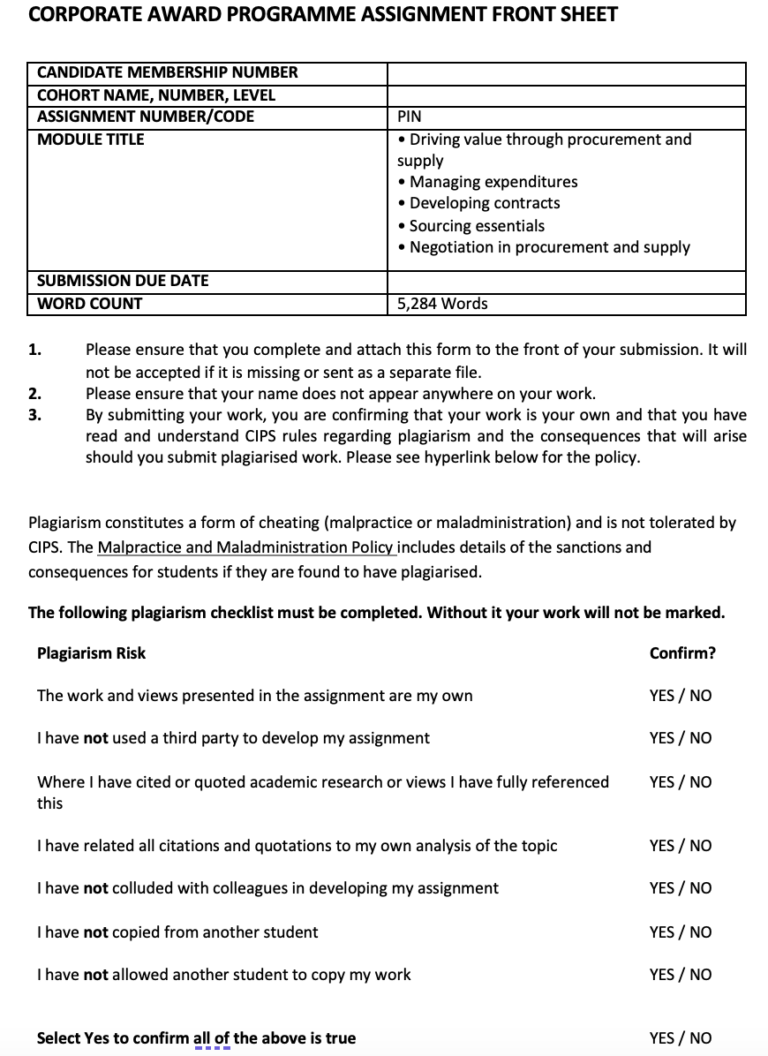Description
Solution
| (AC3.3) Explain the impact of dysfunctional employee turnover.
Short references should be added into your narrative below. Please remember to only list your long references in the reference box provided at the end of this section. Word count: Approximately 300 words |
| Dysfunctional Turnover
Dysfunctional turnover is the voluntary departure of high-performing employees, who are important for organisation’s success (Morlin, 2023). This kind of turnover can be harmful, particularly because it can negatively impact performance and the morale of everyone involved, resulting in lost knowledge, skills, and productivity. Ways Dysfunctional Turnover Can Impact ParcelCare Loss of Key Knowledge: Dysfunctional turnover can cause the company to lose employees with critical expertise, and hence it loses the valuable knowledge and skills. The company could struggle to find replacements with an equivalent experience, which could have an effect on operational efficiency and customer service quality (Grecek, 2024). It may also be an expensive and time-consuming activity to onboard new staff and get them to the same level as the lost skills. The indirect cost is that of potential customer dissatisfaction, which could potentially harm ParcelCare’s reputation. Increased Recruitment and Training Costs: ParcelCare also has to incur extra recruitment costs to fill high performing positions when the employees leave. These include advertising, recruitment agency fees, and the cost of time interviewing and selecting for candidates. After new employees are hired, training programs to get them to certain levels of performance are necessary as Hazelton (2024) explains. The return on investment is likely to be delayed, putting a financial strain on the organisation while the investment is ongoing. Psychological and Morale Impact on Remaining Employees: The loss of some key employees can diminish the morale of the rest of the employees. In particular, employees may feel insecure or demotivated, if they believe the company cannot retain its top talent. The end result is declining job satisfaction, increased stress, and declining productivity (Grecek, 2024). Over time, this can lead to further turnover. It can also make employees disengaged and less likely to take their role a step above what is expected, which has an overall effect on a team in terms of performance.
|
Please click the following icon to access this project in full
Related Papers
(Solution) CIPS Red Sea Global Module: Developing Contracts in Procurement and Supply (PDC)
- A review of risks management approach integrated to the terms and conditions
- Develop a clear approach for agreement with different suppliers for managing “battle of the forms”
- To use various KPI’s and reports to implement contracts
- To reconstitute how innovation and technologies are included in implementing contracts
- To enhance scope of understanding and awareness regarding the contract terms and conditions
(Solution) CIPS PIN Final Assessment Negotiation in procurement and supply
- In this integrative assessment for Corporate Award Program establishes it has provided a formal commercial negotiation for Occidental of Oman operating in oil and gas industry.
- Commercial negotiation plan has been developed by reference to data, factual information and CIPS tools. HSE and chemicals portfolio spend category has been identified and evaluated in-depth to come up with an appropriate negotiation plan.
- The importance of identifying the HSE and Chemicals are informed by the previous COVID-19 pandemic which has informed on the need for adopting healthy business environment which is free from any infections.
- Further, coming from the pandemic where the level of business operations had significantly reduced and the organisation need to restart their operations by cleansing their systems and machines. In this case, the need for HSE and the chemicals portfolio in Occidental of Oman has been in an upward trajectory.
- For negotiation successful implementation, Occidental of Oman involves professionals, terms and conditions initiated, holistic readiness and streamlined procurement and supply chain approaches. This is with good forecast and plans being core for guaranteeing customers services delivery on time.
- From the analysis, different tools including SWOT, PESTLE and 4R’s have evidenced that Occidental of Oman is always on the advantage of ensuring they achieve the Best Alternative for Negotiated Agreement (BATNA).
- Also, this report highlight the need for holistic planning by prioritising on all expectation from the initial opening to the closure and agreement phases of negotiation.



